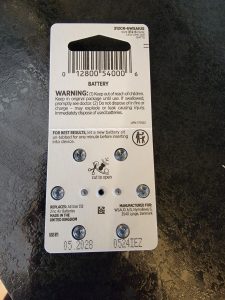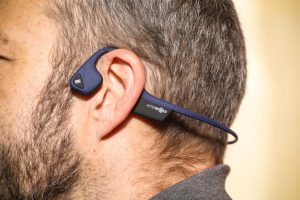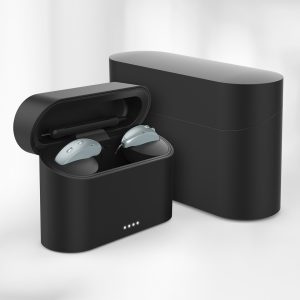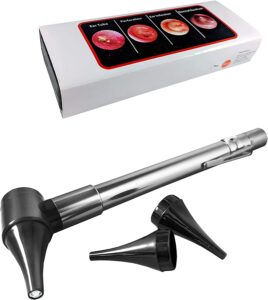
Why Your Hearing Aid Batteries Are Now Childproof (And a Bit Trickier!) If you use hearing aids with trusty zinc-air batteries, you might have recently noticed a small change—well, small ...

Discover the Sound Revolution: We Love AfterShokz Bone Conduction Headphones and Our Customers Do Too! Hey there, audio aficionados and fitness fanatics! If you haven’t yet experienced the magic of ...

Connecting the World: A Comprehensive Guide to Phones for People with Hearing Aids and Hearing Impairments In today’s connected world, communication is key. Advancements in technology has opened up a ...

Navigating the Maze of Hearing Aid Chargers: A Somewhat Comprehensive Guide At Hears Hearing & Hearables, we have recognized an unforeseen demand for the acquisition of a hearing aid charger. ...

Empowering Hearing Aid Users: The Impact of Self-Remote-Control Features for Patient Satisfaction Hearing aid remote controls are valuable devices designed to enhance the user experience for individuals with hearing impairments. ...

So you’re at an appointment with your primary care physician or a hearing healthcare professional and one of the first things they do is check in your ears with a ...
Powered By SinglerDesign.com